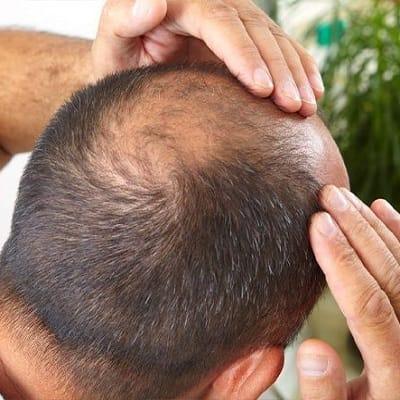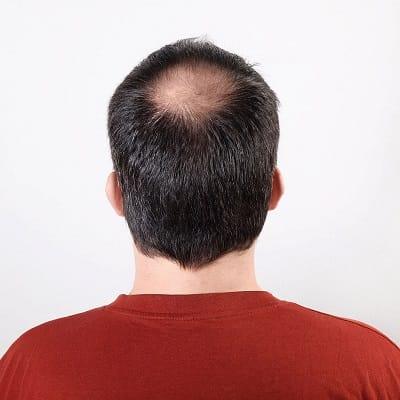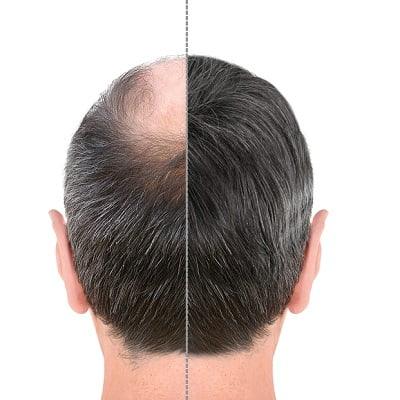Many people who want to seem younger and fuller may be concerned about hair loss, especially in the crown region. A potential remedy is the crown hair transplant, but one important point remains unanswered: How many grafts are required for a successful crown hair transplant? In this in-depth investigation, we explore the variables that affect graft count, the science behind crown hair transplantation, and what people may expect from this life-changing process.
What is Crown Hair Transplant?
Hair loss often occurs in the crown or vertex and may significantly affect one’s appearance. A surgical redistribution of hair follicles to the balding crown area is known as a crown hair transplant to restore density and symmetry. One important factor that differs from patient to patient is the needed graft quantity.
How Many Grafts for Crown Hair Transplant Would Be Needed?
How many grafts for crown hair transplant would be needed depends on your needs. Because every person’s pattern of hair loss is different, figuring out the right number of grafts for a crown hair transplant requires a customized method. Surgeons do a comprehensive evaluation, considering the previously listed criteria, to create a personalized treatment plan.
Factors Affecting How Many Grafts for Crown Hair Transplant Would Be Needed
- Level of Baldness: The baldness in the crown region directly affects the quantity of grafts required. A greater graft count can be necessary in advanced stages to obtain coverage.
- Hair Density: An important factor is the amount of hair currently present in the donor region, which is usually the back and sides of the head. There may be more viable grafts at higher densities.
- Graft Quality: The thickness and texture of hair grafts impact how well they can cover an area. For best results, fine hair can need more grafts.
- Patient Expectations: The suggested graft count is also influenced by the patient’s expectations about the desired amount of covering and hair density. It is essential to have open contact with the surgeon to match expectations with practical results.
How Crown Hair Transplantation Works
The basic ideas behind other hair transplant techniques also apply to crown hair transplantation. Using Follicular Unit Extraction (FUE) or Follicular Unit Transplantation (FUT) methods, hair grafts are taken from the donor area and placed into the crown area. The process attempts to replicate natural hair growth patterns to provide a smooth and attractive outcome.
Recovery and Outcomes of Crown Hair Transplant
Crown hair transplants require a recovery period for grafts to take root, with some loss before new hair grows. The transplanted hair should blend seamlessly with the surrounding hair. The process is both an art and a science, with individualized methods based on baldness and hair density. Understanding the process, whether using Follicular Unit Extraction (FUE) or Follicular Unit Transplantation (FUT), is crucial for achieving natural-looking results. For those considering a crown hair transplant, consulting an expert is essential to thoroughly evaluate the procedure’s viability, the required number of grafts, and its compatibility with the patient’s situation.
Consult with an Expert for Crown Hair Transplant
- Personalized Assessment: An expert examines the patient’s scalp thoroughly, taking into account variables, including the extent of baldness, the patient’s current hair density, and the quality of the available grafts. The basis of a customized treatment plan is this individualized evaluation.
- Aligning Expectations: During the consultation, patients may express their goals and expectations when there is clear communication. The patient and the surgeon may then have a mutually beneficial understanding thanks to a professional’s realistic insights.
- Treatment Choices: Based on the patient’s unique circumstances and desires, a skilled expert explains the different treatment choices, including FUE and FUT, and assists the patient in making an educated selection.
- Post-Operative Guidance: The consultation covers expectations and post-operative care in addition to the surgery. Patients get information on when to expect the full effects of the crown hair transplant, possible shedding, and the healing process.
Conclusion
In summary, achieving a fuller crown with hair transplantation is a joint endeavor, including the patient and the expert. Through appropriate consultation, customized planning, and the expertise of a trained surgeon, people may enjoy a life-changing procedure that not only grows back hair but also increases self-assurance and self-worth.
Enfield Royal Clinic Islamabad is offering the best crown hair transplantation.










Leave a Reply